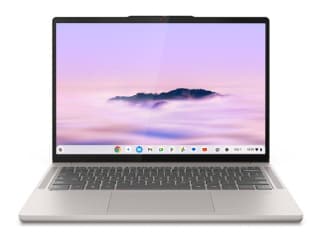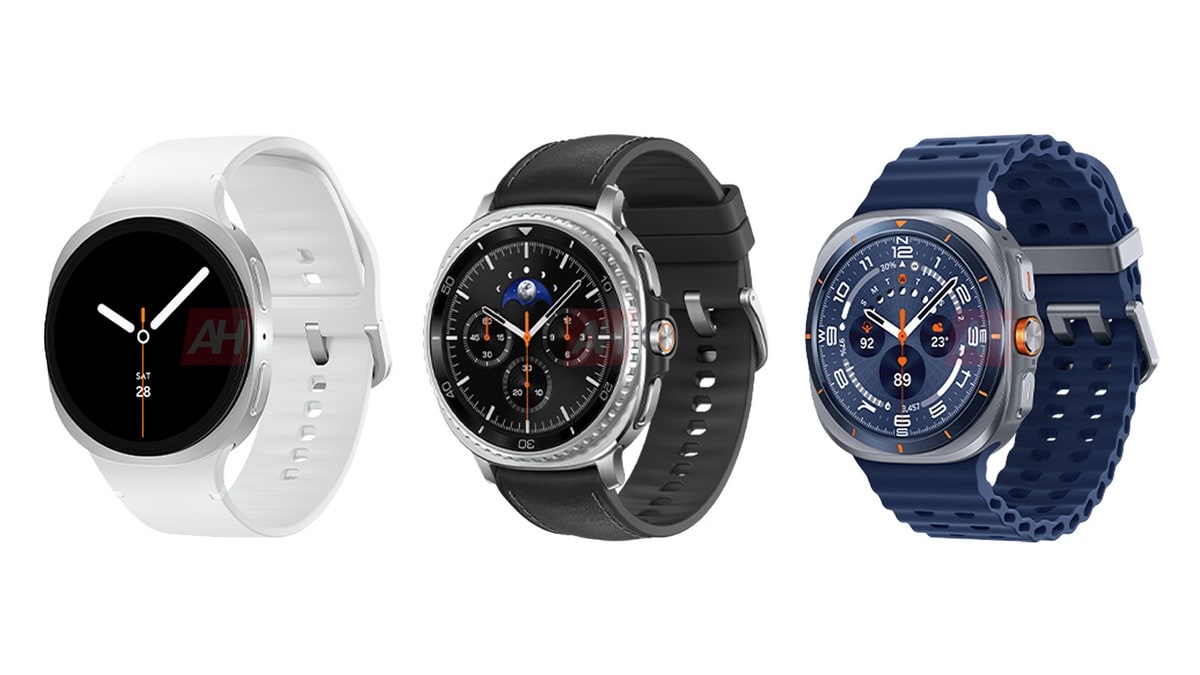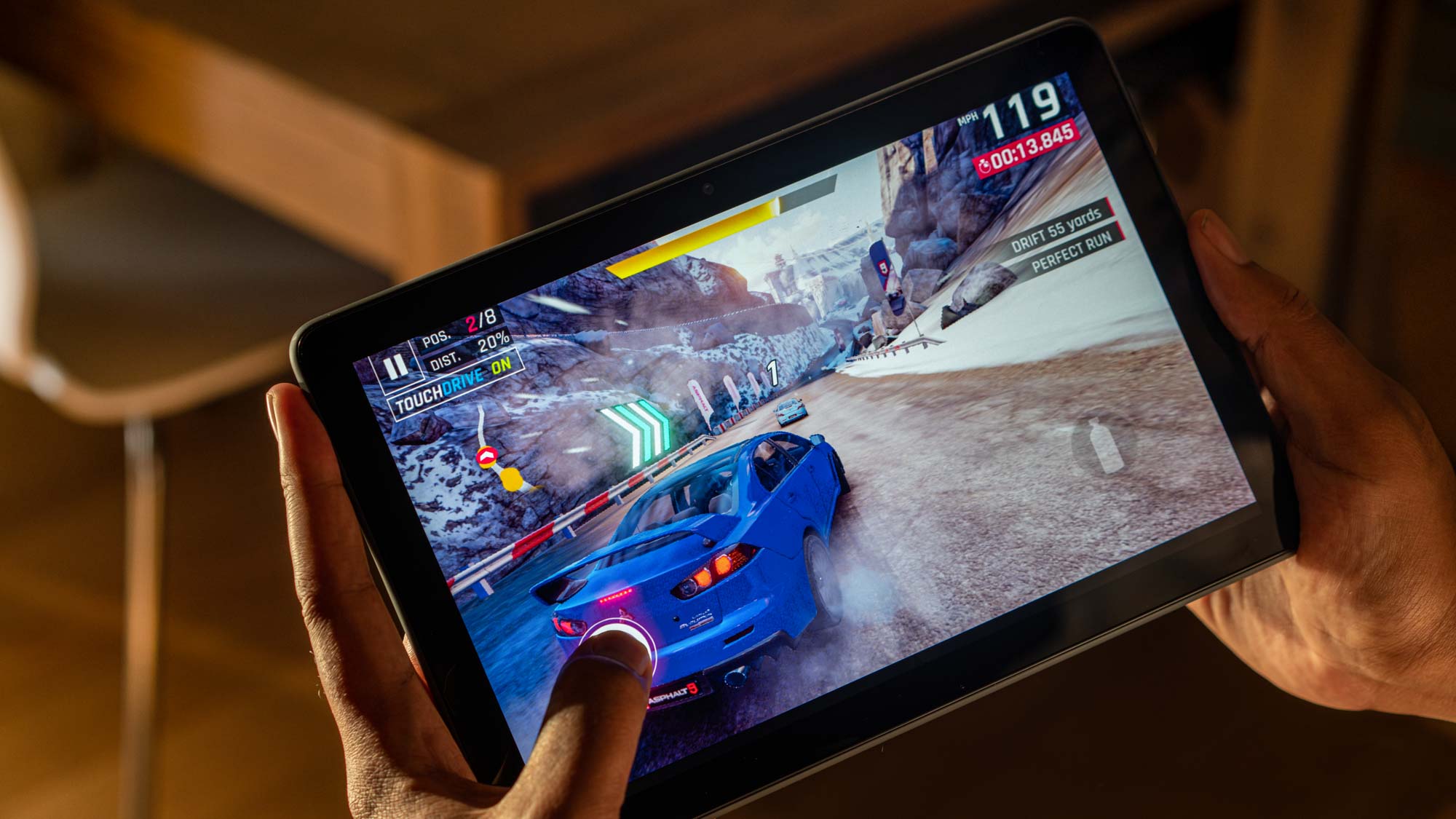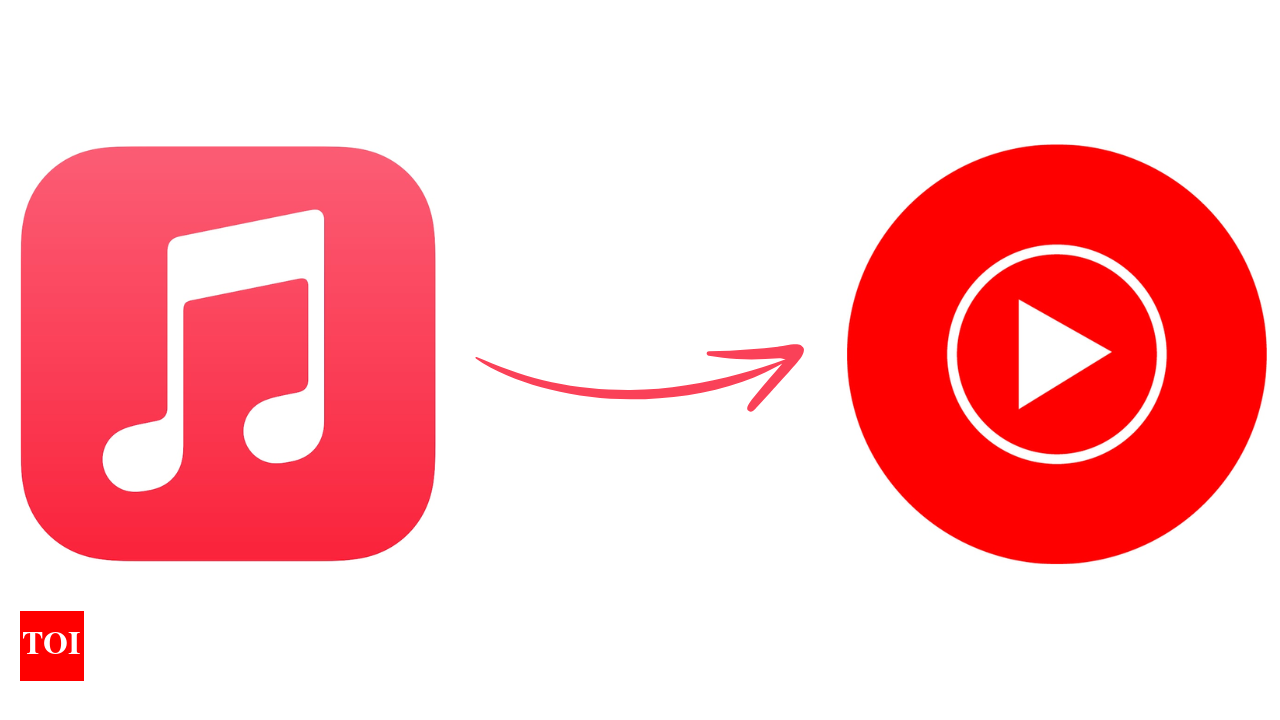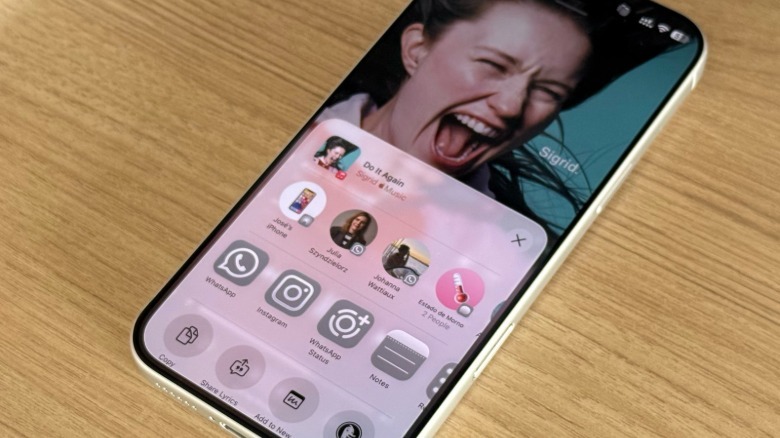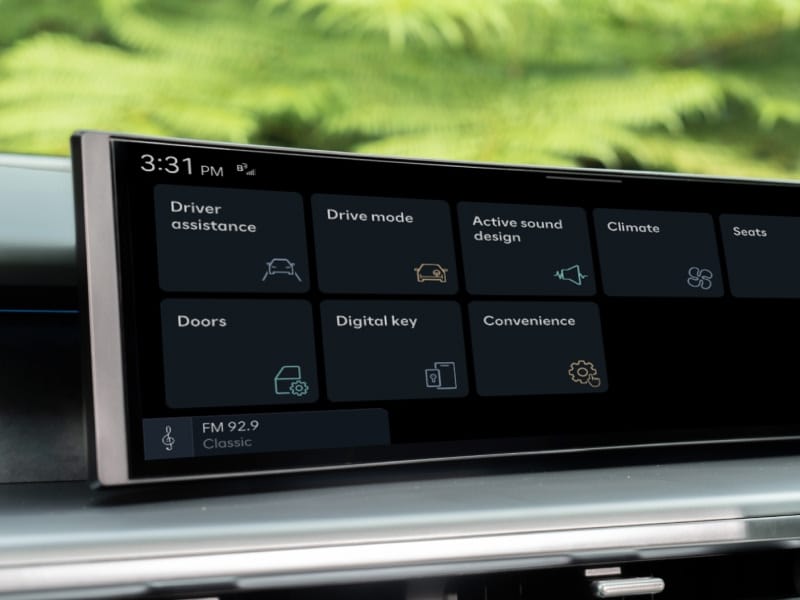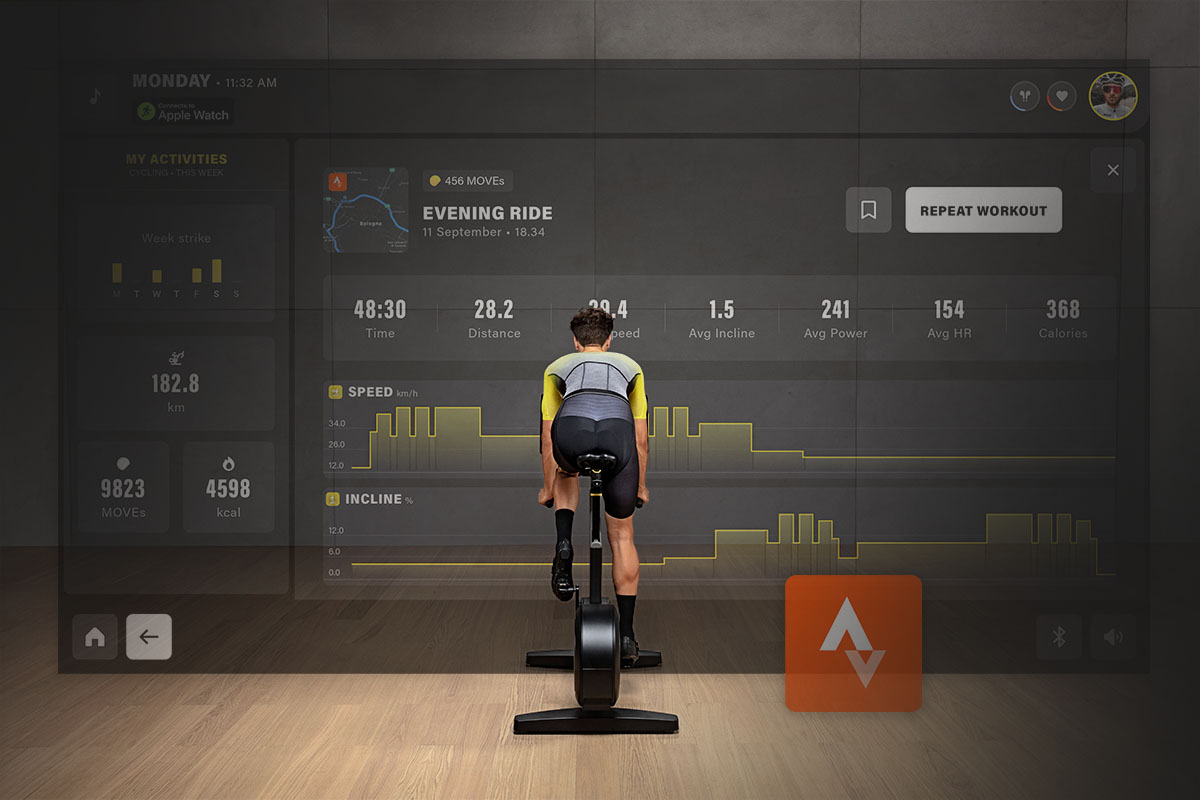Best Buy Provides $200 Off on Slim Galaxy Chromebook Plus, Aligning with Black Friday Pricing
The Black Friday sales may be over, yet Best Buy appears to have overlooked the update. Whether you’re indulging in some festive shopping or enhancing your home office, I recently spotted a lingering Cyber Monday Chromebook offer that warrants your immediate focus. Best Buy has opted to prolong a discount that slashes $200 off the Samsung Galaxy Chromebook Plus, a super-light and adaptable laptop that excels at both productivity and leisure.
Having tested numerous Chromebooks over the years, the Galaxy Chromebook Plus distinguishes itself as one of the top laptops we’ve experienced. However, it does come with a hefty price tag, which makes offers like this vital for consumers.
Visit Best Buy today, and you’ll find a direct $200 reduction on the Samsung Galaxy Chromebook Plus, one of our top Chromebook picks available. The purchase also includes a complimentary one-year subscription to the Google One AI Premium plan.
The Galaxy Chromebook Plus is additional evidence that Samsung excels in crafting stylish, lightweight devices that don’t compromise on performance or innovative features. Out of the box, the Chromebook Plus boasts a stunning 15.6-inch AMOLED display with a 60Hz refresh rate, powered by a robust Intel Core 3 100U processor and 8GB of RAM. There’s also 256GB of expandable storage and an impressive array of ports, especially considering that the laptop is just 11.8mm thick, making it sleeker than the Samsung Galaxy Z Fold 6. It is also the inaugural Chromebook to feature the Quick Insert key, a new functionality that facilitates access to Gemini and other streamlined AI features.
Naturally, the Galaxy Chromebook Plus has its limitations. For one, it lacks a touchscreen and a convertible design, and the battery life (estimated at a maximum of around 13 hours) could be better considering the high cost. Additionally, a fingerprint scanner is not included with the Galaxy Chromebook Plus, and you are restricted to the 256GB storage option (although storage expansion via a microSD card is possible).
On a $300-$500 Chromebook, these drawbacks might not be significant, but I generally expect more from laptops priced in the $750 range. Thankfully, this Best Buy promotion brings the Samsung Galaxy Chromebook Plus much closer to the expected price point, just in time for the holiday shopping season.
Read More